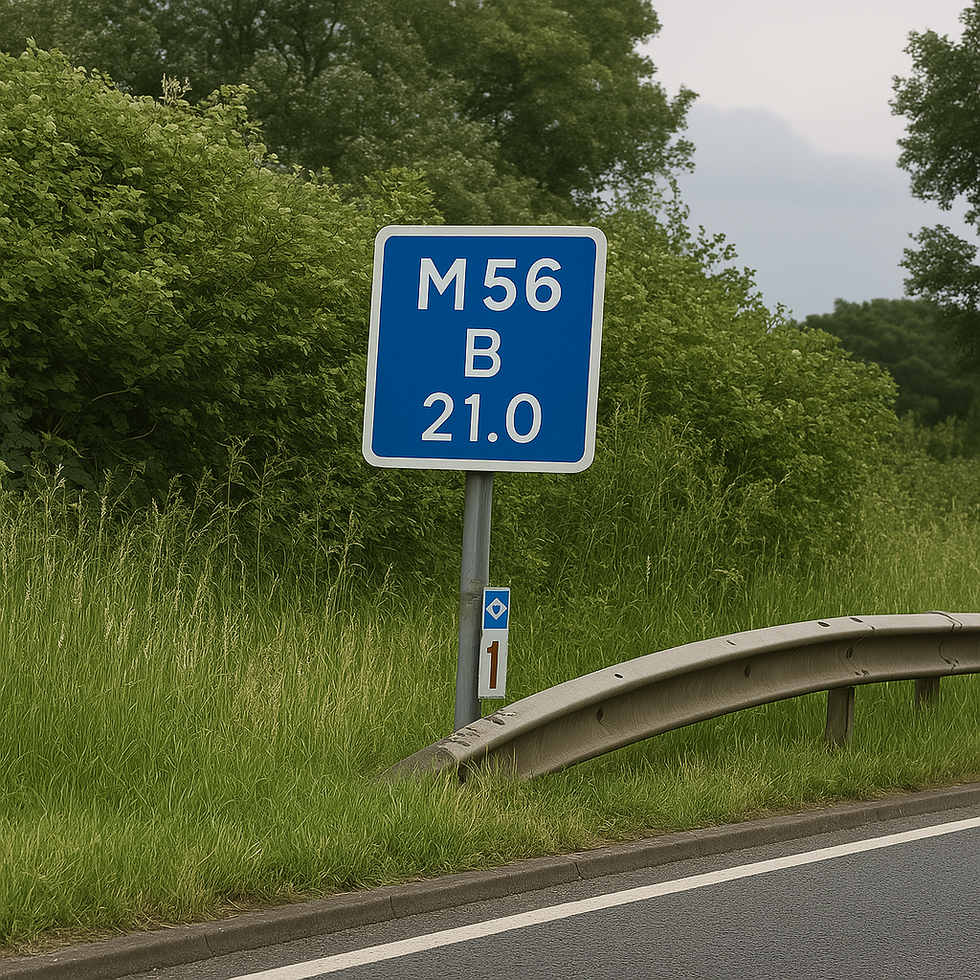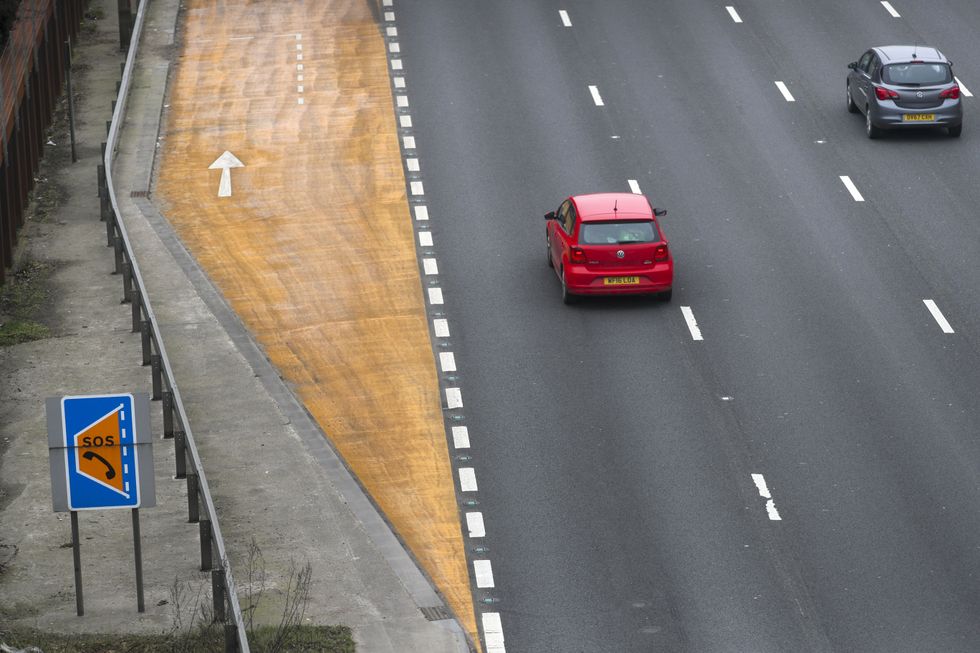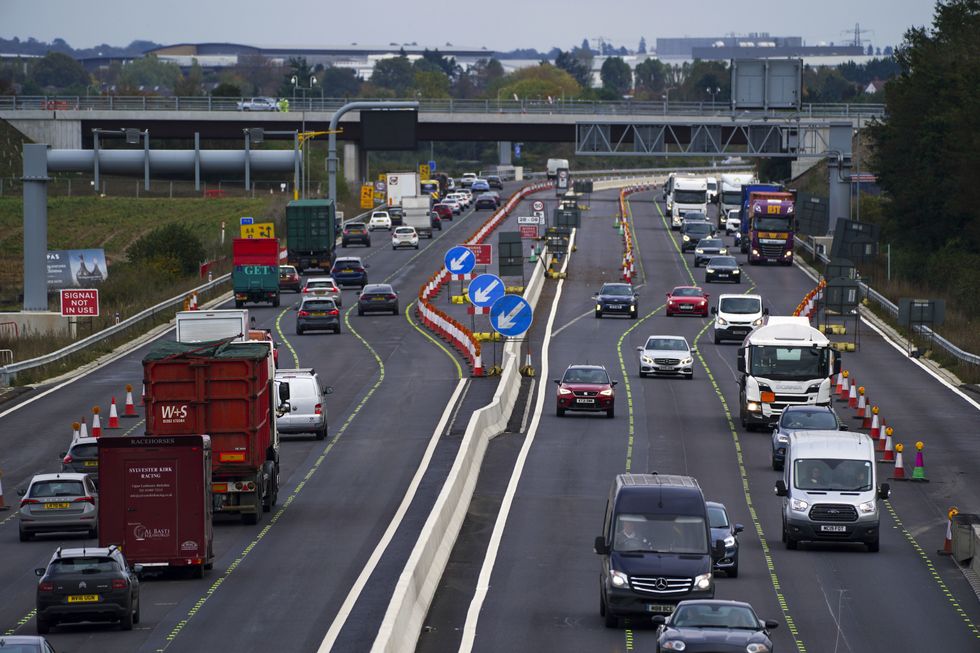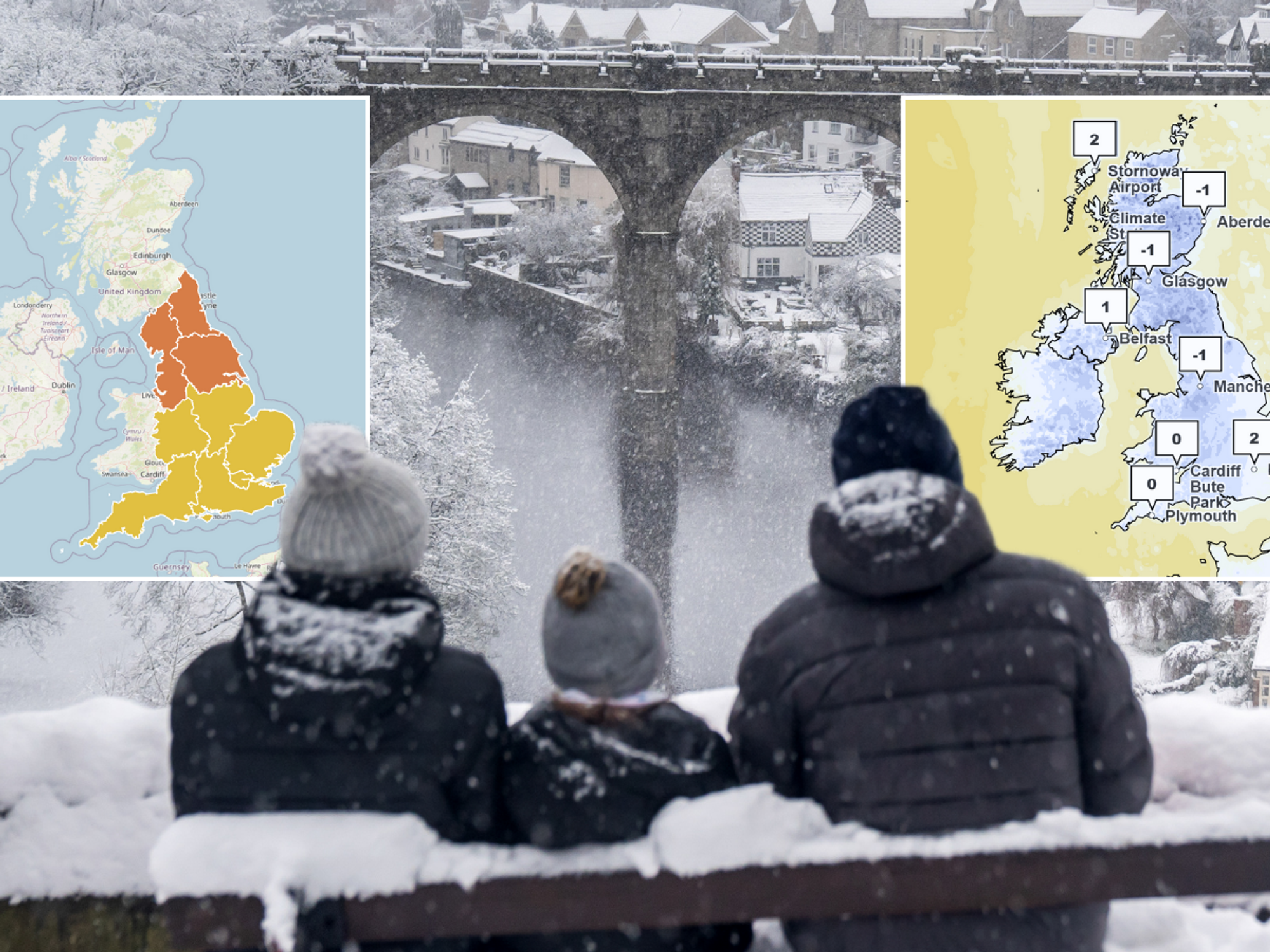Drivers issued urgent warning of 'little-known' motorway sign with hidden meaning

'Keep your eyes peeled for them in the event of an incident, particularly if you can sense an imminent breakdown or problem'
Don't Miss
Most Read
Experts are warning of "little-known" motorway signs that Britons drive past every day that could have a massive impact if they are involved in an accident.
Millions of people use A roads and motorways every day and will likely drive along without noticing crucial blue signs, known as "driver location signs".
Originally introduced in 2003, motorways and A roads in England display the blue, rectangular signs, which can be found at intervals of 500 metres.
The signs display certain numbers and letters which can provide emergency services with a precise location in the event of an accident or breakdown.
Do you have a story you'd like to share? Get in touch by emailing motoring@gbnews.uk

Road safety experts have called on drivers to familiarise themselves with the blue motorway signs
|SELECT CAR LEASING
Road safety experts have praised the signs for helping motorists who may find themselves in difficulty along major routes, but warn that not enough drivers know of their existence.
Data from the Department for Transport shows that one in 14 of all deaths on motorways occurs on the hard shoulder.
At least 79 people have died on smart motorways since they were introduced in 2010, prompting the Government to take steps to crack down on the controversial motorways.
Graham Conway, managing director of Select Car Leasing, has called on motorists to familiarise themselves with the signs, adding that they could be the "difference between life and death".

More obvious SOS phone signs can be found on smart motorways
|PA
He added: "The problem with motorways and major A roads is that they’re visually monotonous, with one mile looking the same as the next.
"If you suffer an accident, breakdown or other emergency, you need to call the emergency services or a recovery company.
"But unless you know precisely where you are, it makes life harder for the people tasked with getting you out of harm's way."
The expert noted that it was "concerning" how the majority of drivers were unaware of what the signs were or that they even exist.
LATEST DEVELOPMENTS:
- Driving licence rule changes could impose curfews and ban passengers from cars as plans gain support
- Millions of British drivers support changes to install new devices in all cars - 'Straightforward solution'
- Tories to U-turn on electric vehicle pledge with plans to scrap 2030 car ban - 'Choice rather than diktats'
The driver location signs show motorists the road identifier, the carriageway and the location. The first part is the road, such as the M25 or M1.
The carriageway identifier is a letter and indicates the direction of travel or whether the car has stopped on a slip road. Potential identifiers include A, B, J, K, L or M.
The data at the bottom of the blue sign outlines how far away the driver is from a given location, which will typically be the start or end of the road.
Conway added: "Being 500 metres apart, when you're travelling at motorway speeds, it means you should spot one around every 15 seconds.

Drivers could find themselves at risk on smart motorways without a hard shoulder
| PA"Keep your eyes peeled for them in the event of an incident, particularly if you can sense an imminent breakdown or problem."
National Highways advises motorists to leave the motorway or pull into a service area if they believe an issue with their car could be present.
If this is impossible, drivers should pull into an emergency area on a smart motorway or the hard shoulder if there is one present.
When stopped, drivers should switch on their hazard lights and sidelights, especially if the visibility is poor. They should also exit their vehicle at the side furthest from the traffic.










